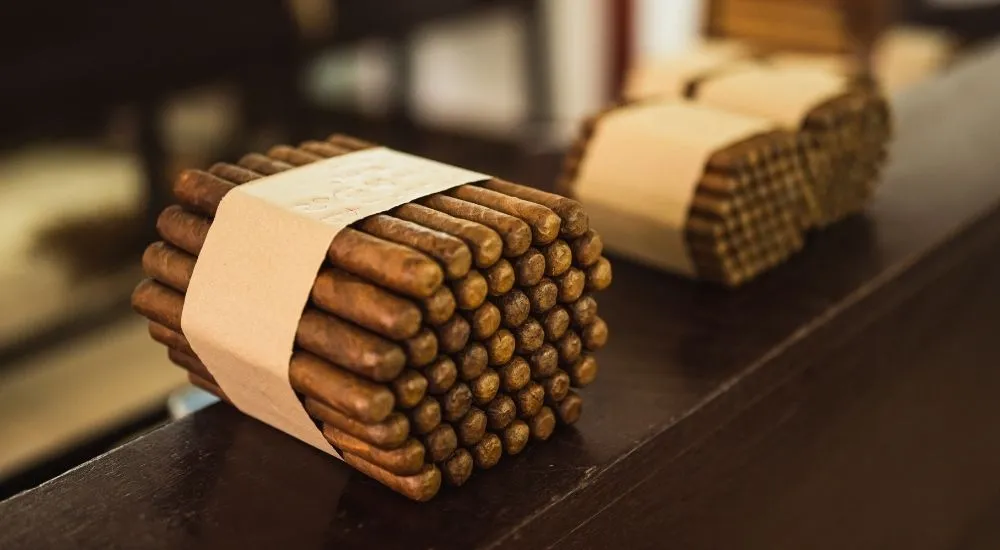
Proper packaging is one of the most critical steps in the tobacco supply chain. While the quality of the tobacco itself matters, even the best leaf can degrade if it is not packaged correctly. Bulk tobacco packaging ensures freshness, prevents moisture loss, and maintains the flavor and aroma that define premium tobacco products.
In this guide, we will explore best practices for bulk tobacco packaging, the machinery involved, and tips for preserving product quality from production to distribution.
Bulk packaging is more than simply placing tobacco in containers. It serves several essential functions:
The choice of packaging materials directly impacts tobacco quality. Best practices include:
Investing in quality materials may increase upfront costs but prevents significant losses due to spoilage and degradation.
Vacuum-sealed packaging removes excess air from the container, slowing oxidation and preserving flavor. This method is especially effective for long-term storage and export markets.
MAP involves replacing oxygen in the package with an inert gas like nitrogen. This method further protects the tobacco from chemical changes that can compromise taste and aroma.
Compressing tobacco into bales or blocks helps in reducing storage space and transportation costs. Bales must be tightly sealed to prevent moisture exchange and maintain consistency across shipments.
Every bulk package should include batch numbers, production dates, and other identifiers. This ensures traceability and makes quality control easier, especially when using automated Cigarette Box Wrapping Machines downstream.
Modern tobacco manufacturing relies on specialized machinery to improve efficiency and quality:
By integrating these machines, manufacturers reduce human error and maintain consistent quality from bulk storage to the finished product.
Maintaining the right environmental conditions is crucial:
Regular monitoring using hygrometers and temperature sensors is a best practice in industrial settings.
By following these practices, manufacturers preserve the quality and consistency that premium tobacco brands demand.
The tobacco industry is increasingly focusing on eco-friendly packaging solutions:
Adopting sustainable practices benefits both the environment and brand reputation.
Bulk tobacco packaging is a critical step that influences product quality, shelf life, and consumer satisfaction. By following best practices—selecting high-quality materials, controlling environmental conditions, using advanced machinery like Tobacco Machinery, Cigarette Packing Machines, and Cigarette Box Wrapping Machines, and monitoring storage conditions—manufacturers can maintain premium standards from production to retail.
Efficient bulk packaging not only preserves the flavor, aroma, and appearance of tobacco but also enhances operational efficiency, reduces waste, and ensures global competitiveness in the tobacco industry.
It preserves flavor, aroma, and freshness while preventing contamination and physical damage during storage and transport.
High-barrier films, durable polybags or boxes, and moisture control inserts help maintain tobacco quality.
Vacuum packaging removes air, while Modified Atmosphere Packaging (MAP) replaces air with inert gases like nitrogen to slow chemical changes.
Tobacco Machinery, Cigarette Packing Machines, and Cigarette Box Wrapping Machines streamline packaging and maintain consistency.
At 20–25°C with 60–70% relative humidity, avoiding overstacking and ensuring cleanliness.
Yes. Biodegradable films, compostable bags, and efficient automation reduce environmental impact and material waste.
We specialize in the provision of Tobacco Machinery. Our expertise encompasses not only the trading of machinery but also extends to being a dedicated supplier. This specialization is enriched by our comprehensive solutions tailored for emerging Cigarette Companies. What sets us apart is our ability to offer firsthand insights through our active Cigarette Manufacturing operation in the UAE.